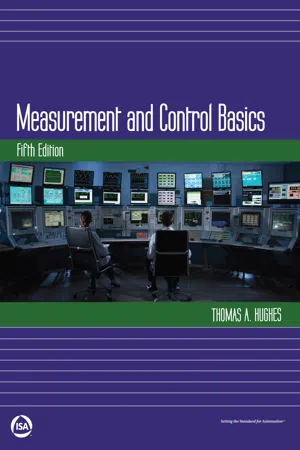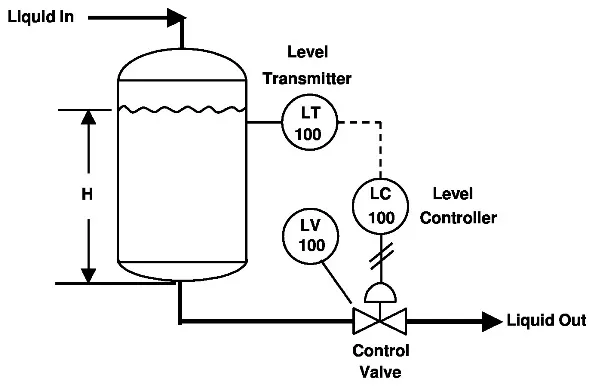Introduction
To study the subject of industrial process control effectively, you must first gain a general understanding of its basic principles. To present these control principles clearly and concisely, an intuitive approach to process control is used. First, however, some basic definitions and concepts of process control are presented.
Definition of Process Control
The operations that are associated with process control have always existed in nature. Such “natural” process control can be defined as any operation that regulates some internal physical characteristic that is important to a living organism. Examples of natural regulation in humans include body temperature, blood pressure, and heart rate.
Early humans found it necessary to regulate some of their external environmental parameters to maintain life. This regulation could be defined as “artificial process control” or more simply as “process control,” as we will refer to it in this book. This type of process control is accomplished by observing a parameter, comparing it to some desired value, and initiating a control action to bring the parameter as close as possible to the desired value. One of the first examples of such control was early man’s use of fire to maintain the temperature of his environment.
The term automatic process control came into wide use when people learned to adapt automatic regulatory procedures to manufacture products or process material more efficiently. Such procedures are called automatic because no human (manual) intervention is required to regulate them.
All process systems consist of three main factors or terms: manipulated variables, disturbances, and controlled variables (Figure 1-1). Typical manipulated variables are valve position, motor speed, damper position, or blade pitch. The controlled variables are those conditions— such as temperature, level, position, pressure, pH, density, moisture content, weight, and speed—that must be maintained at some desired value. For each controlled variable there is an associated manipulated variable. The control system must adjust the manipulated variables so the desired value or “set point” of the controlled variable is maintained despite any disturbances.
Disturbances enter or affect the process and tend to drive the controlled variables away from their desired value or set point condition. Typical disturbances include changes in ambient temperature, in demand for product, or in the supply of feed material. The control system must adjust the manipulated variable so the set point value of the controlled variable is maintained despite the disturbances. If the set point is changed, the manipulated quantity must be changed to adjust the controlled variable to its new desired value.
For each controlled variable the control system operator selects a manipulated variable that can be paired with the controlled variable. Often the choice is obvious, such as manipulating the flow of fuel to a home furnace to control the temperature of the house. Sometimes the choice is not so obvious and can only be determined by someone who understands the process under control. The pairing of manipulated and controlled variables is performed as part of the process design.
Figure 1-1. Process control variables
Elements of a Process Control System
Figure 1-2 illustrates some of the essential elements of a process control system. In the system shown, a level transmitter (LT), a level controller (LC), and a control valve (LV) are used to control the liquid level in a process tank. The purpose of this control system is to maintain the liquid level at some prescribed height (H) above the bottom of the tank. It is assumed that the rate of flow into the tank is random. The level transmitter is a device that measures the fluid level in the tank and converts it into a useful measurement signal, which is sent to a level controller. The level controller evaluates the measurement, compares it with a desired set point (SP), and produces a series of corrective actions that are sent to the control valve. The valve controls the flow of fluid in the outlet pipe to maintain a level in the tank.
Figure 1-2. Process level control: Example
Thus, a process control system consists of four essential elements: process, measurement, evaluation, and control. A block diagram of these elements is shown in Figure 1-3. This diagram also shows the disturbances that enter or affect the process. If there were no upsets to a process, there would be no need for the control system. Figure 1-3 also shows the input and output of the process and the set point used for control.
Figure 1-3. The four elements of a typical control system
Process
In general, a process consists of an assembly of equipment and material that is related to some manufacturing operation or sequence. In the example presented in Figure 1-2, the process whose liquid level is placed under control includes such components as a tank, the liquid in the tank, the flow of liquid into and out of the tank, and the inlet and outlet piping. Any given process can involve many dynamic variables, and it may be desirable to control all of them. In most cases, however, controlling only one variable will be sufficient to control the process to wit...






